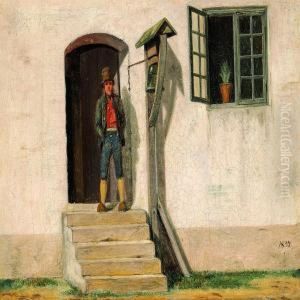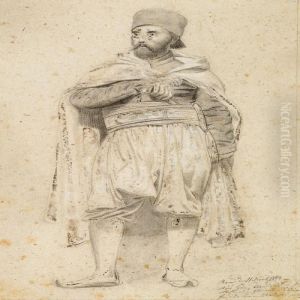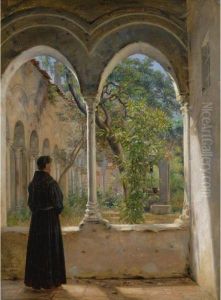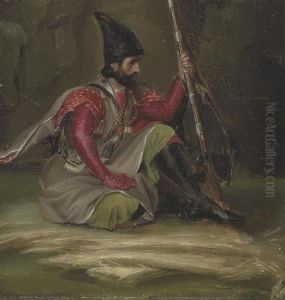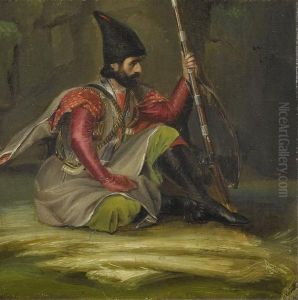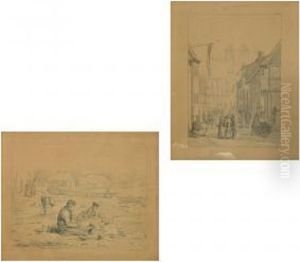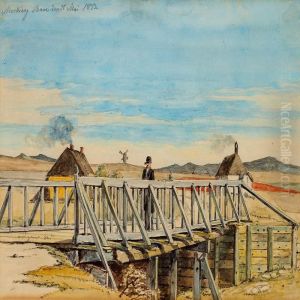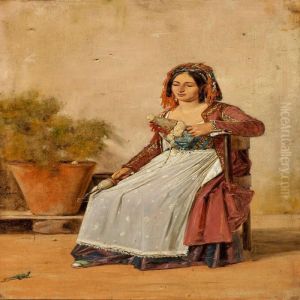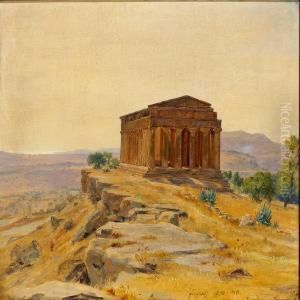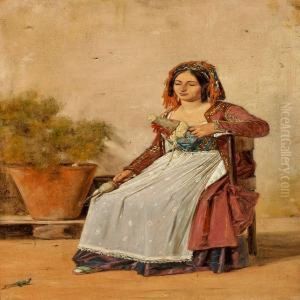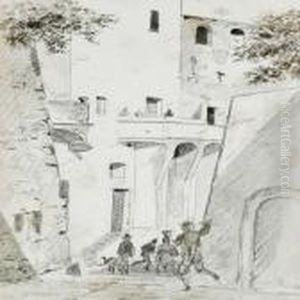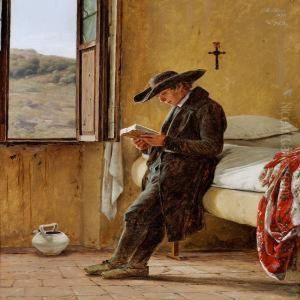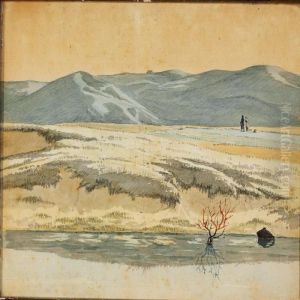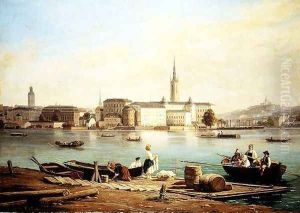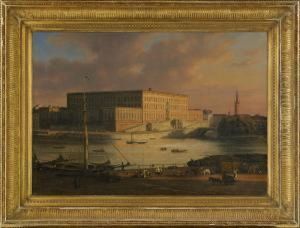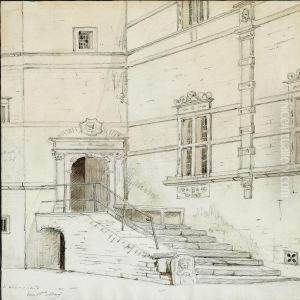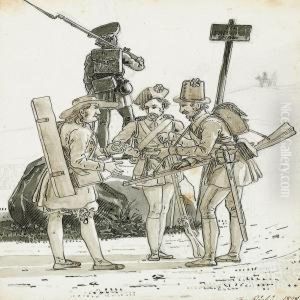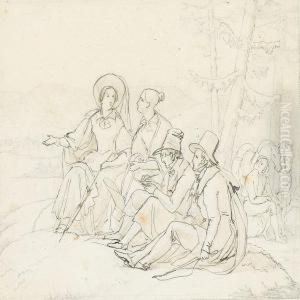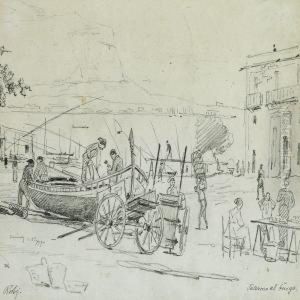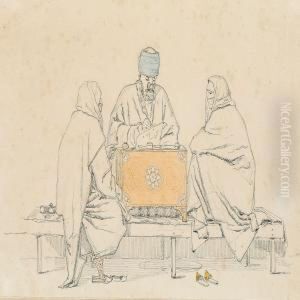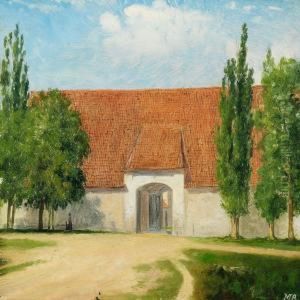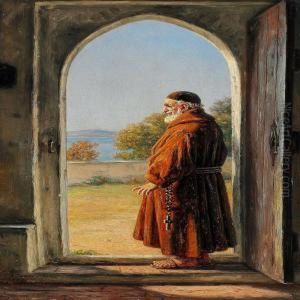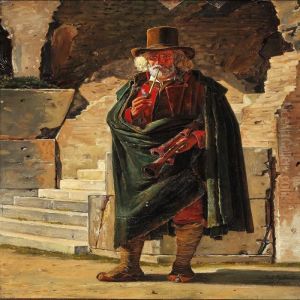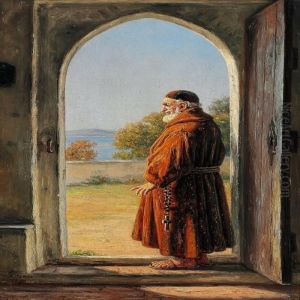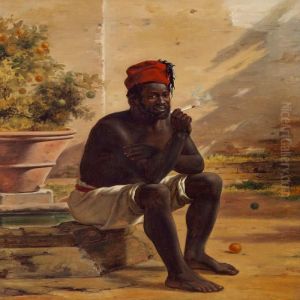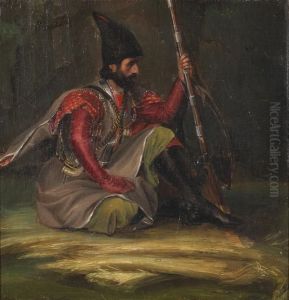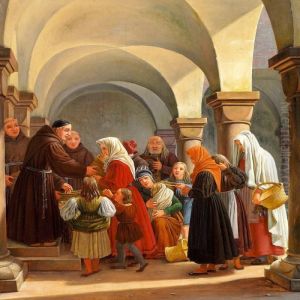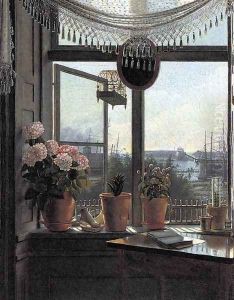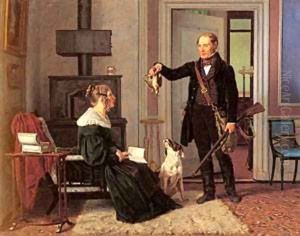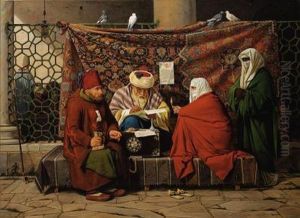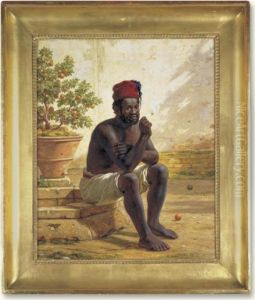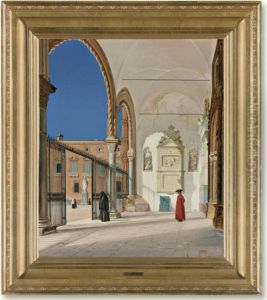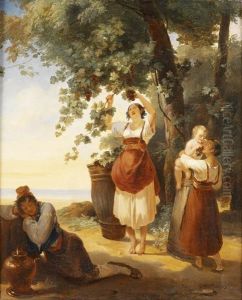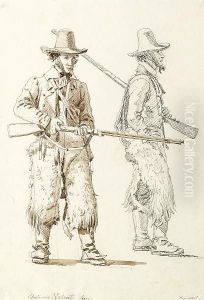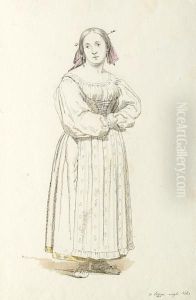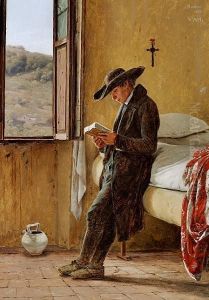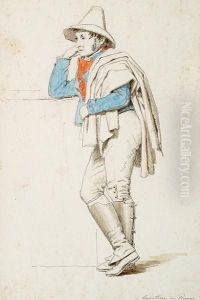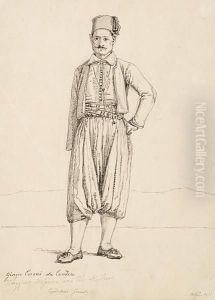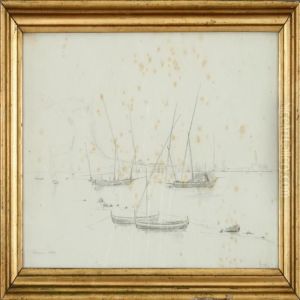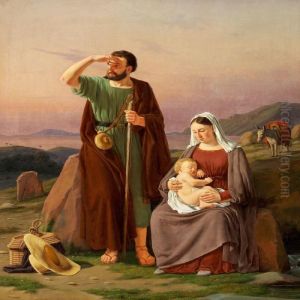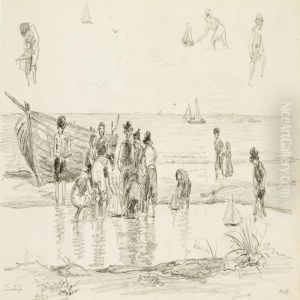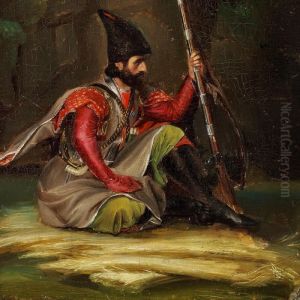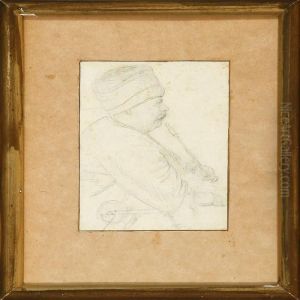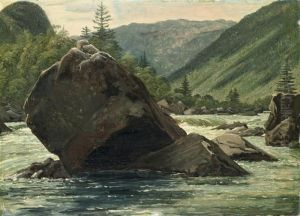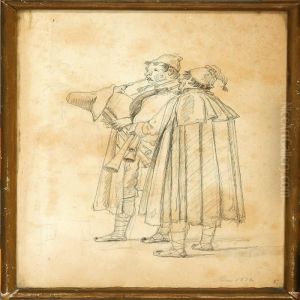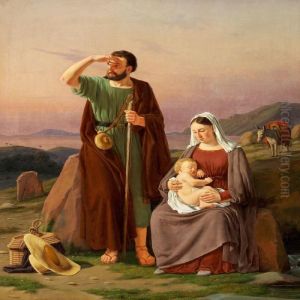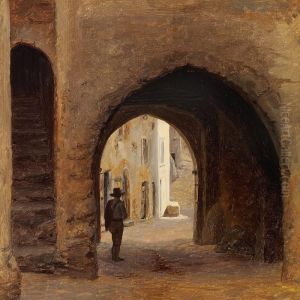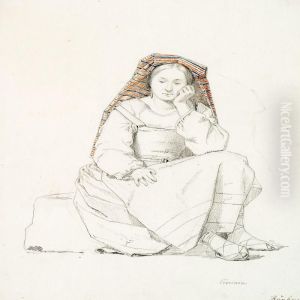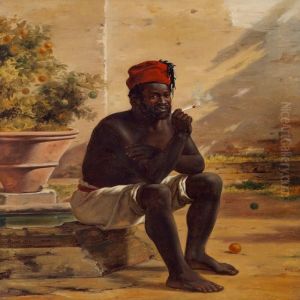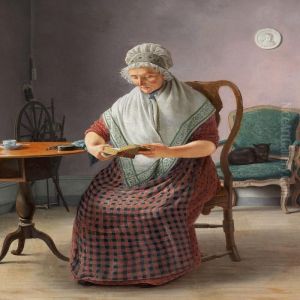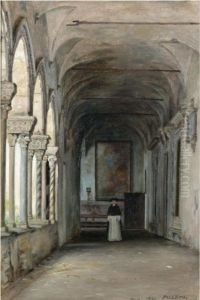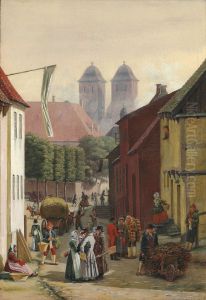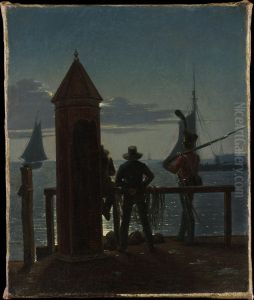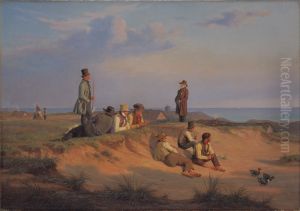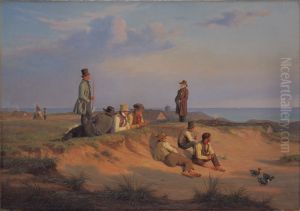Martinus Rorbye Paintings
Martinus Christian Wesseltoft Rørbye was a notable Danish painter, recognized for his contributions to the Golden Age of Danish Painting—a period of exceptional creativity and artistic expression in Denmark during the first half of the 19th century. Born on May 17, 1803, in Drammen, Norway, to a Danish father and Norwegian mother, Rørbye would soon move to Denmark where he would develop his artistic talents.
Rørbye’s artistic journey began at the Royal Danish Academy of Fine Arts at the young age of 12. He was a student there from 1815 to 1827, where he studied under Christian August Lorentzen and later Christoffer Wilhelm Eckersberg, who was a central figure in the Golden Age of Danish Painting. Eckersberg's influence on Rørbye was profound, and he instilled in him a keen attention to detail and a love for landscape painting.
Throughout his career, Rørbye traveled extensively, which heavily influenced his work. He visited various countries, including Italy, Greece, and Turkey, capturing landscapes, people, and local customs with his brush. His travels provided a vast array of subject matter that was somewhat unusual for Danish art at the time. Rørbye’s travel pieces, particularly those from his journey to Italy and Greece, were especially admired for their light and color, as well as the unique way he captured the character of the places he visited.
Rørbye was not only a landscape painter; he also painted portraits, genre scenes, and architectural works. His paintings often depicted everyday life and the working people, which he portrayed with empathy and an eye for the narrative. ‘A View from the Artist’s Window’ is one of his most famous works, notable for its realistic portrayal and the subtle interplay of light and shadow.
His work was well-received in his lifetime, and he was awarded several accolades, including the Neuhausen Prize. Rørbye became a member of the Royal Academy in 1834 and later a professor there in 1847, shortly before his untimely death on August 29, 1848. His paintings remain on display in prominent museums, including the National Gallery of Denmark, and continue to be celebrated for their contribution to Danish national heritage and the wider European art scene of the time.
